Scanline VFX delivered 158 shots across five sequences for Lisa Joy’s Reminiscence. The majority of their work centered around interior bank shots involving the hologram machine. We spoke VFX Supervisors Adam Balentine and Nick Crew about work on the film.
How did you and Scanline VFX get involved in this show?
Bruce Jones reached out to Scanline in August of 2019, interested in having us help with conceptual motion tests for both the REM machine and the ‘Baca’ effect. The primary purpose of these early tests was to help inform both the creative look of these effects, as well as shooting methodology. We worked through these ideas with Bruce for 2-3 months and helped answer some of these questions the filmmakers had. We established a good relationship with Bruce during this conceptual phase, and he was happy for us to continue into post-production to handle the REM machine.
How was the collaboration with director Lisa Joy and Overall VFX Supervisor Bruce Jones?
It was a pleasure to work with Bruce and Lisa. Bruce had a great rapport with Lisa which made for a smooth realization of her vision into our work on the show.
What were their expectations and approach about the visual effects?
Bruce and Lisa wanted to create a world that was both futuristic and nostalgic, but also beautiful. We approached our work with this in mind and focused on creating subtle effects that supported the story.
How did you organize the work with your VFX Producer and between you?
It was really great working with Robert Schajer again, we’ve worked together on several projects in the past so it was a comfortable collaboration. Robert handled most of the scheduling and show planning which left Nick and me to the fun creative stuff!
How did you split the work amongst the Scanline VFX offices?
We started on this show in Vancouver just before Covid hit. Thanks to some clever software and networking solutions that were already in progress at Scanline we were able to seamlessly transition from office work to work from home for the entire Scanline team without missing a beat. It was really amazing that we didn’t have any downtime at all, and productivity stayed high. Our work was mainly done in Vancouver, however, we did have some support from our LA and Montreal offices. Our Eyeline technology made it easy for the team to communicate between locations. It’s easy to sometimes forget I’m in a meeting with someone halfway around the world.
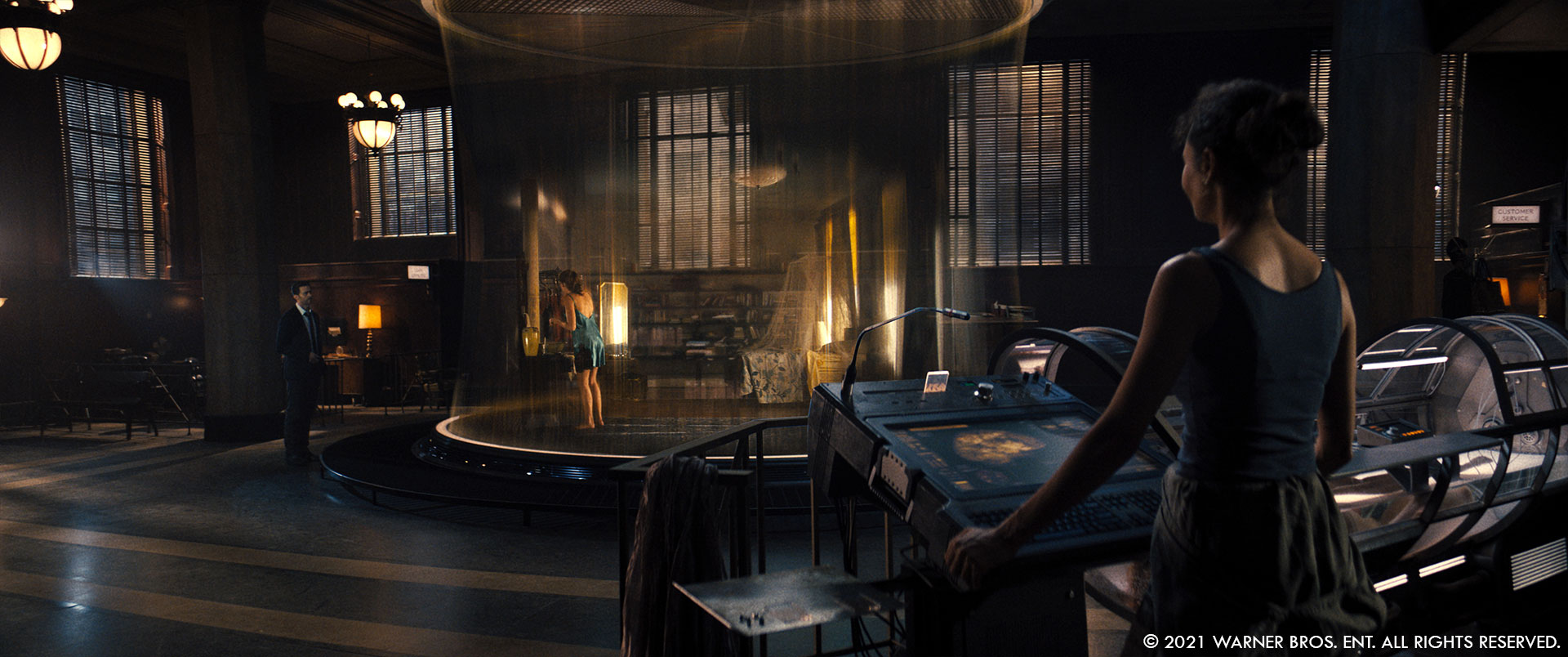
What are the sequences made by Scanline VFX?
Scanline was responsible for several sequences, mainly the interior of the bank and any shots involving the hologram machine. We also completed the opening titles which were stitched into the opening shot in editorial.
How did you work with the art department to design the machine and the holograms?
We did some initial concepts as still images which were then translated into moving concepts by Cameron Thomas, our lookdev lead. We iterated on a couple of development shots with Bruce and Lisa to refine the overall look of the machine and holograms. These early concepts were then further developed as the shot progressed to produce the final look.
Did you receive specific indications and references for the holograms?
Bruce provided us with some references that were shot on set and a variety of photo references. Between these references and an internal library that our team compiled, we had a lot of inspiration to help in the design phase.
Can you explain in detail about the creation of the holograms?
The hologram machine, or rem machine as we called it internally, functioned as a sort of three-dimensional rendering of a person’s memories. Once a person was hooked up to the machine via a sensory deprivation tank their memories could be displayed within the machine through a guided meditation led by Hugh’s character Nick. The machine would render the memories on photons of light that would travel along millions of monofilament fibres, which were sandwiched between the upper and lower mechanics of the machine.


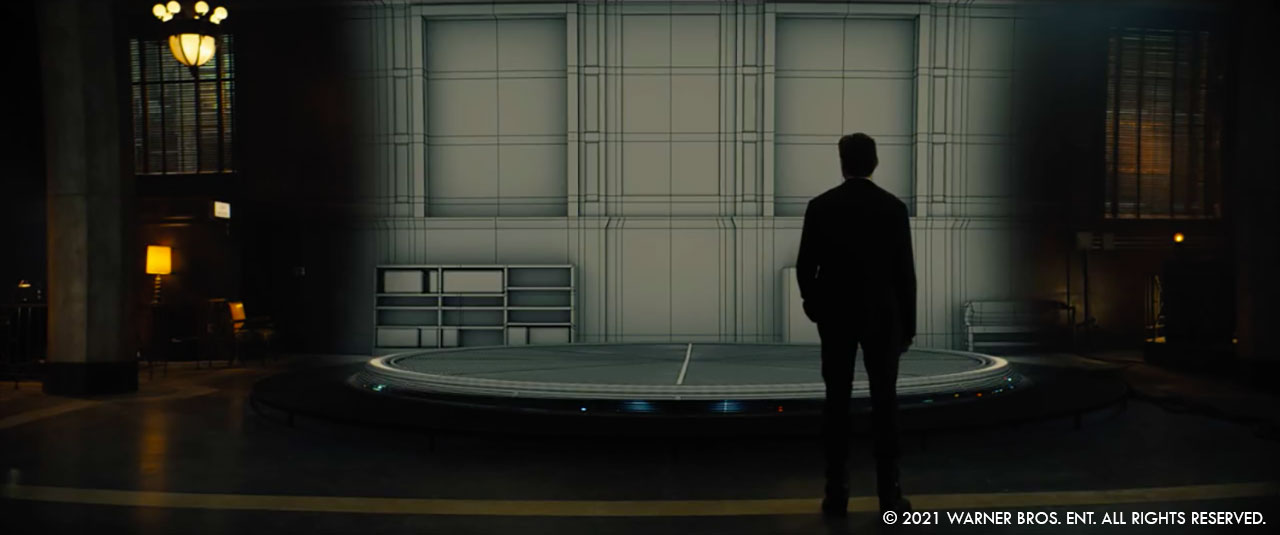
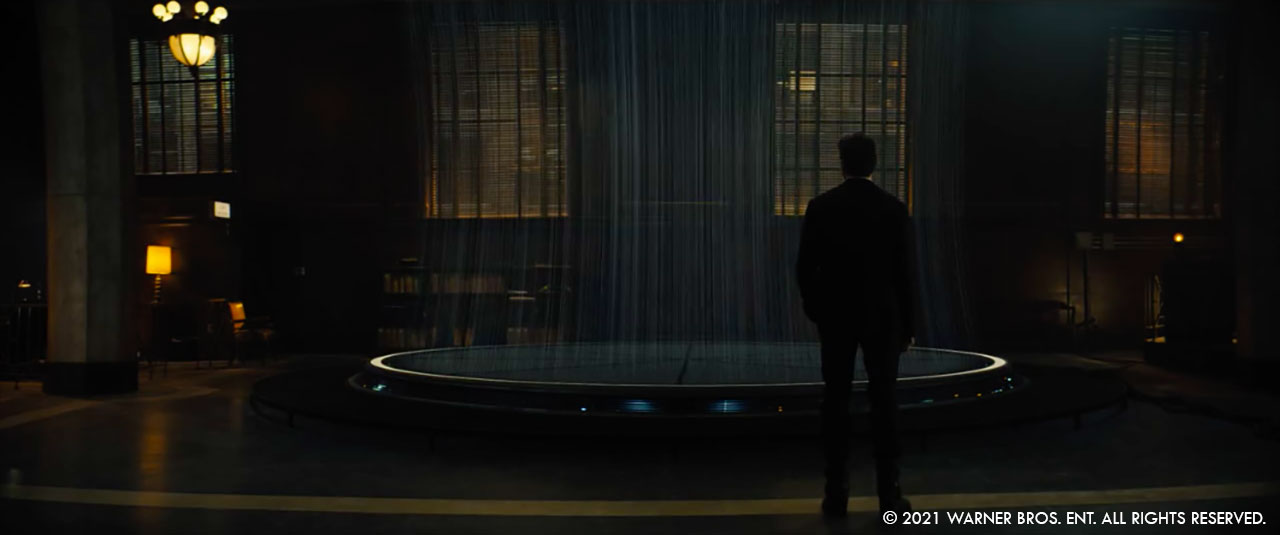
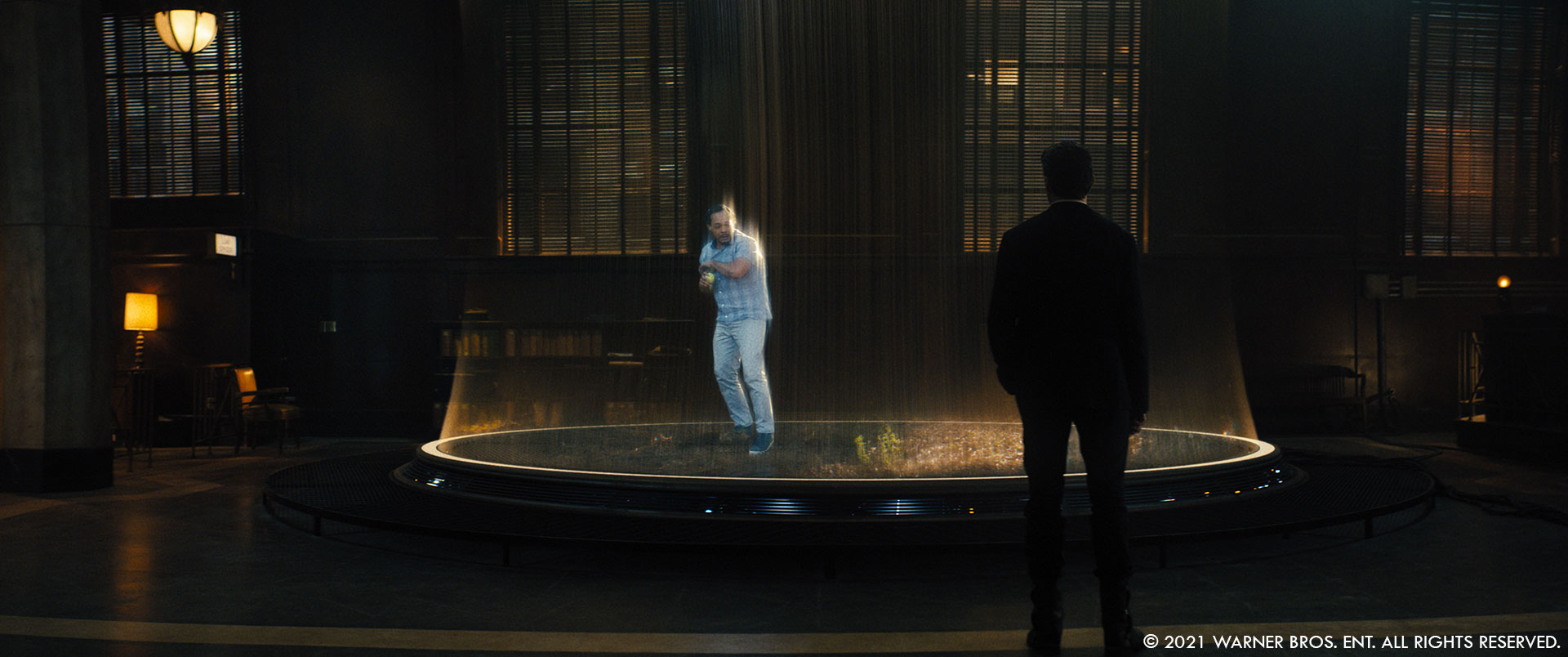
How did you find that specific look of the holograms?
Finding the look was a collaborative process between our team, Bruce, and Lisa. Our earlier efforts were a bit more literal in terms of seeing the actual individual photons of light traveling along the monofilaments. This was refined over time and I think the final look was really beautiful and served the story well.
Can you elaborate on the filming process for the holograms?
Initially, the intention was to project the hologram footage directly onto a semi-transparent gauze (hologauze) that was stretched vertically between the base of the machine on-set, and a stand-in structure for the machine top. Although this did yield some interesting results it was difficult to maintain the resolution and flexibility that we would need for the final shots with this method. In the end, we replaced most of the projected hologauze in comp. We did, however, draw inspiration from the concave shape of the on-set hologauze for the edge contour and lighting of the machine strings.
How did you manage the lighting challenge?
Randy Ui did a great job as CG supervisor for the show and was responsible for the CG assets and lighting. Although the machine base was constructed on set, we did end up building a fully detailed CG machine base, top, and strings. To give us the flexibility needed to move cameras in space, the bank interior was also built by our environments team, led by Rose Wang. The environment and machine were lit per shot to match the on-set lighting. Lighting the semi-transparent monofilament strings was challenging but our team did a great job balancing between the physical reality of the strings and the aesthetic needs of the shots.
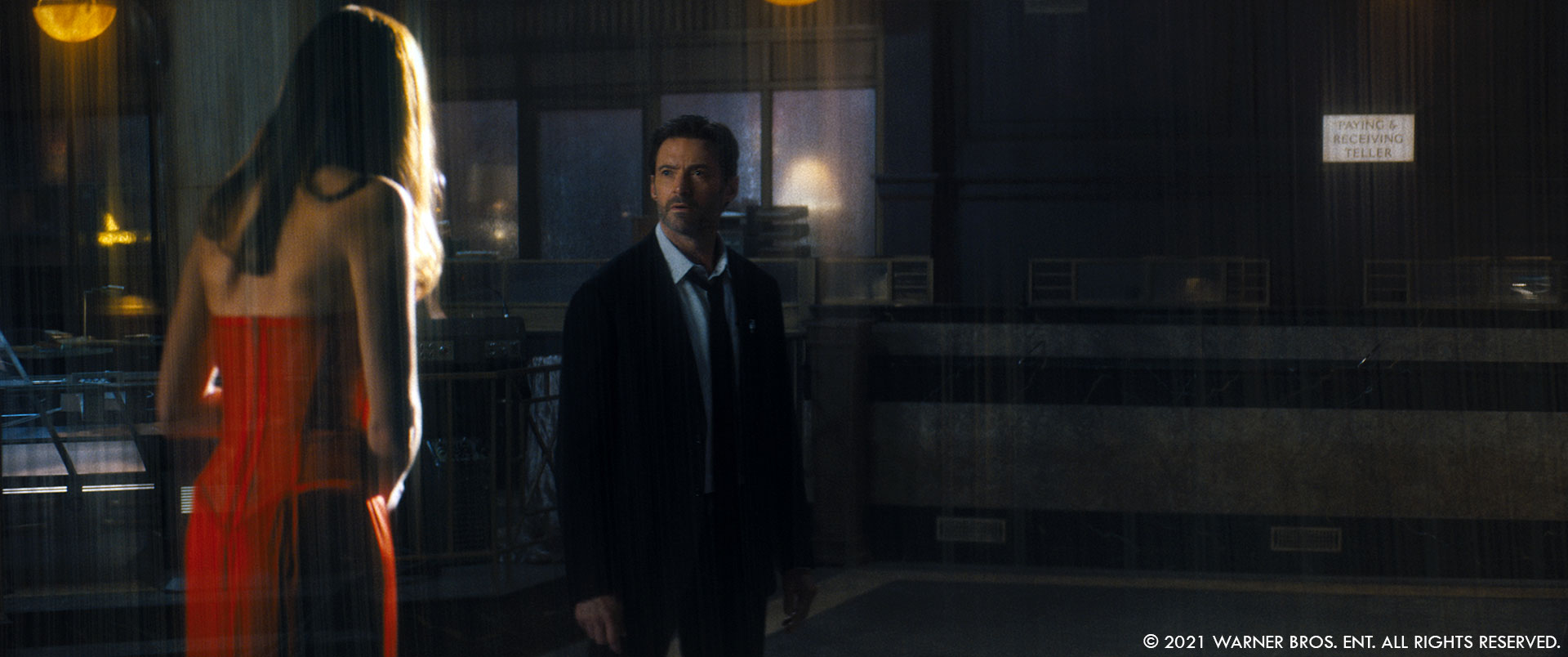
Can you tell us more about the creation of the strings?
The strings were created as a physical asset that could be lit and rendered into our final shots. For any shot where there was string interaction with the actors, we had a different setup for string dynamic simulation.
At a moment, Hugh Jackman enters into the machine. How did you help him for the interactions?
Hugh was fully rotoanimated and matchmoved to a high level of precision, down to the folds in his clothing. This allowed us to create realistic simulations and also add interactive lighting from the strings breaking.
What was the main challenges with these “interactions” shots?
Getting the string behavior just right was the main challenge. Our FX team went through many tests and iterations to have the strings snap in the right spot, have the perfect amount of elasticity, and keep them feeling light and ethereal while still physical.
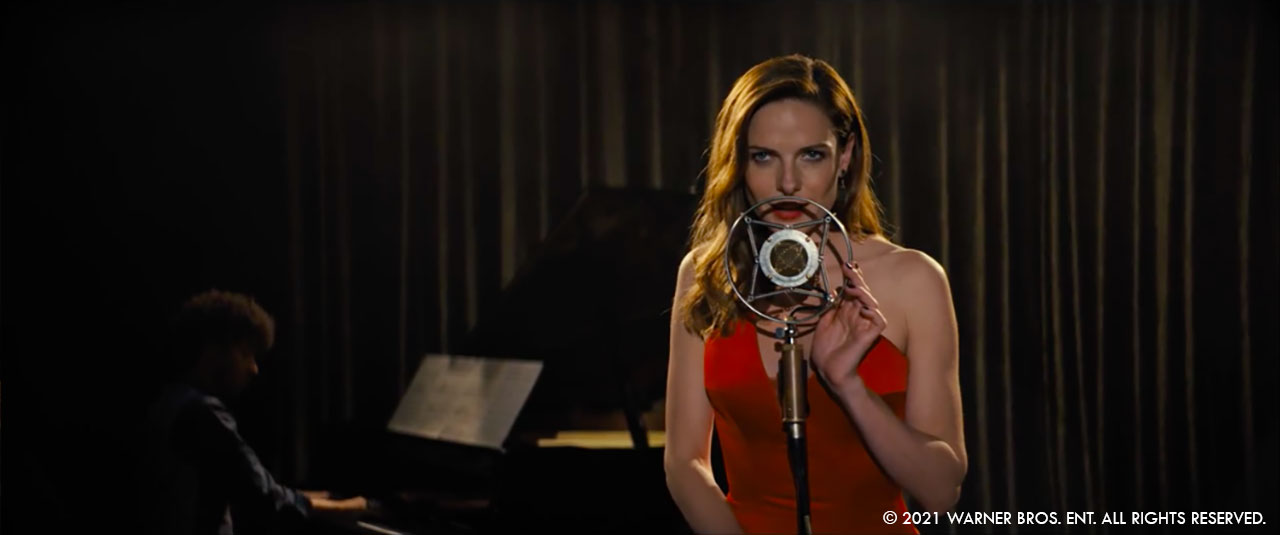
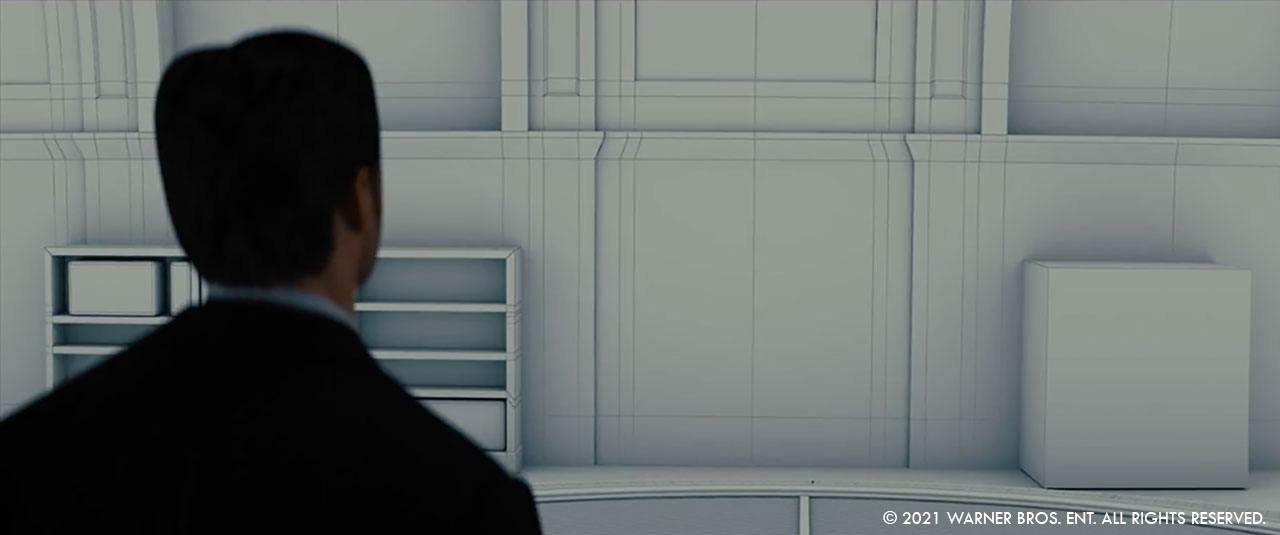
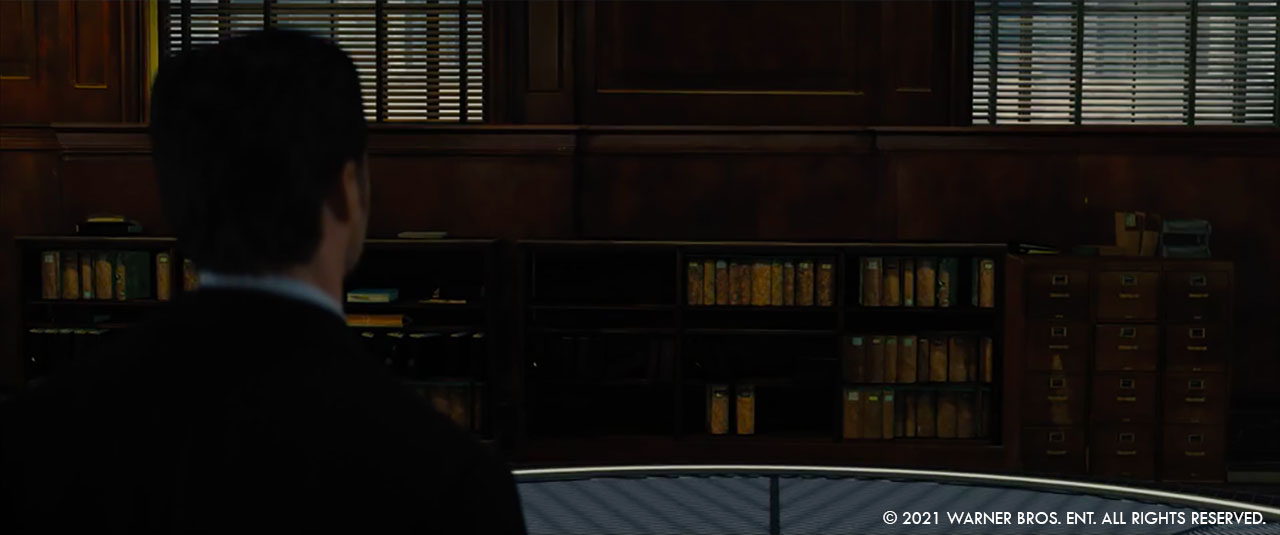
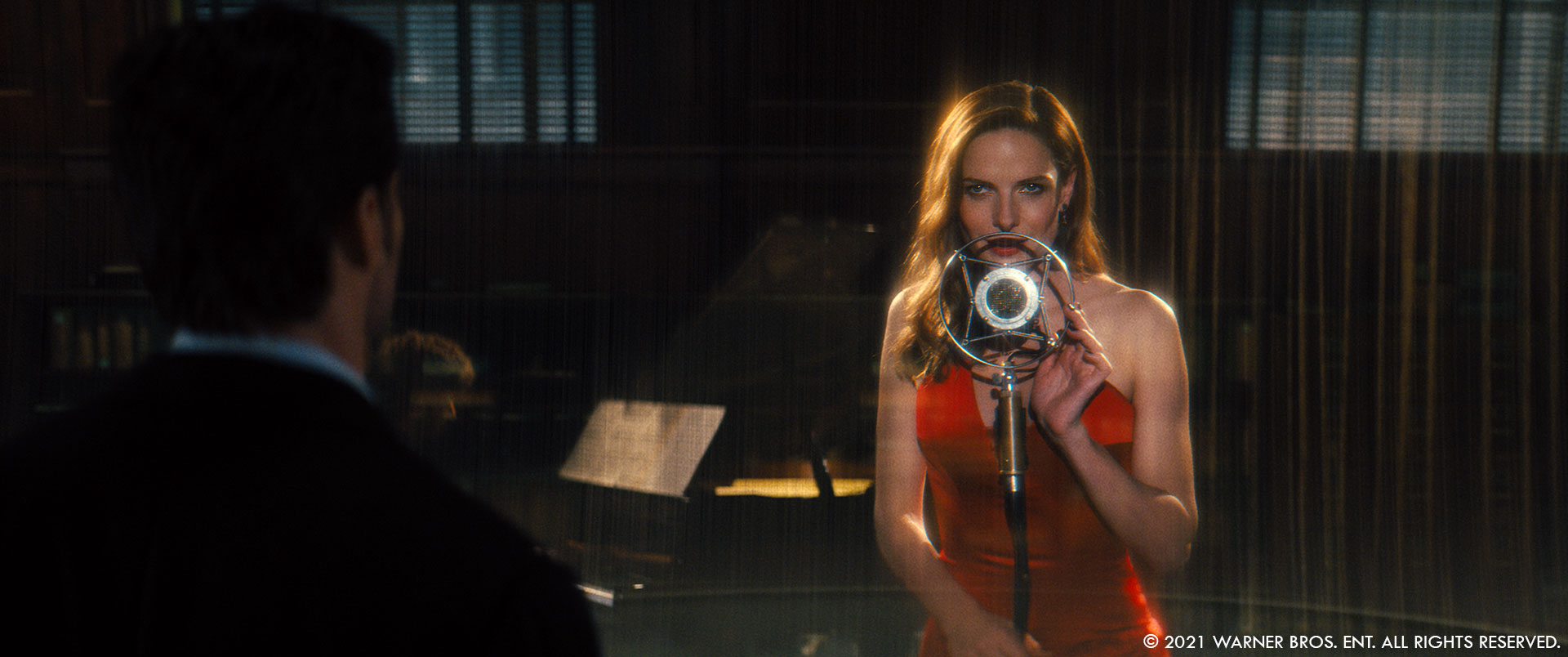
Which shot or sequence was the most challenging?
The three shots where Hugh enters the machine and starts snapping strings were among the more challenging shots on the show. They were also a lot of fun to create.
Is there something specific that gives you some really short nights?
The string snapping shots were tricky. The opening titles were awarded to us late in the show, and although it was a challenge to complete them in time, it was also very rewarding. I think both the strings and the titles ended up looking great thanks to the hard work of the team.
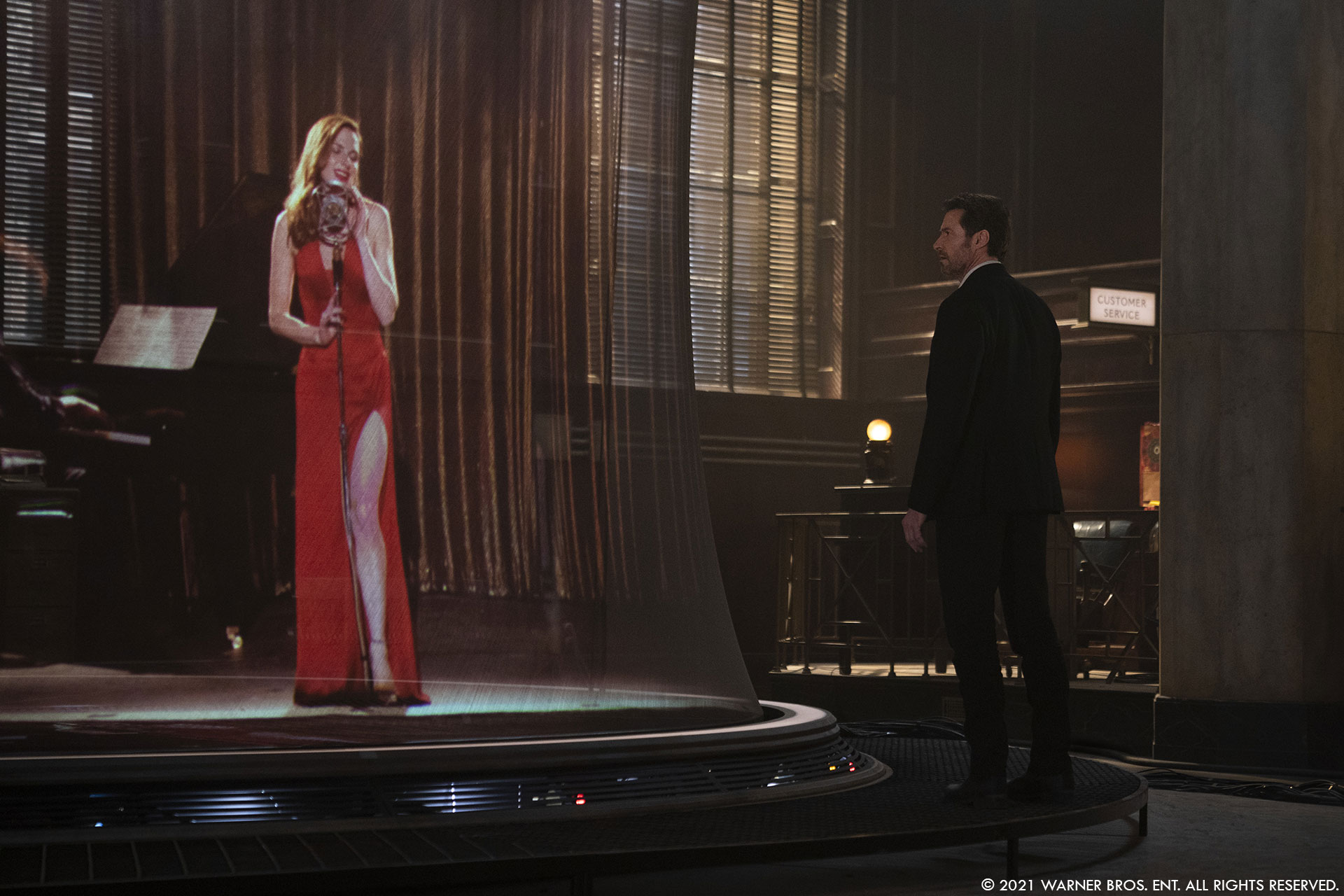
What is your favorite shot or sequence?
There’s a profile shot where Nick first meets Mae in the machine that I think was particularly beautiful. I really enjoyed the whole show, however.
What is your best memory on this show?
There are so many great memories from the show that would be great to experience again if the rem machine were real! Although our early dev work for both the machine and the string dynamics was challenging, I had a lot of fun experimenting with the team and coming up with some cool looking effects.

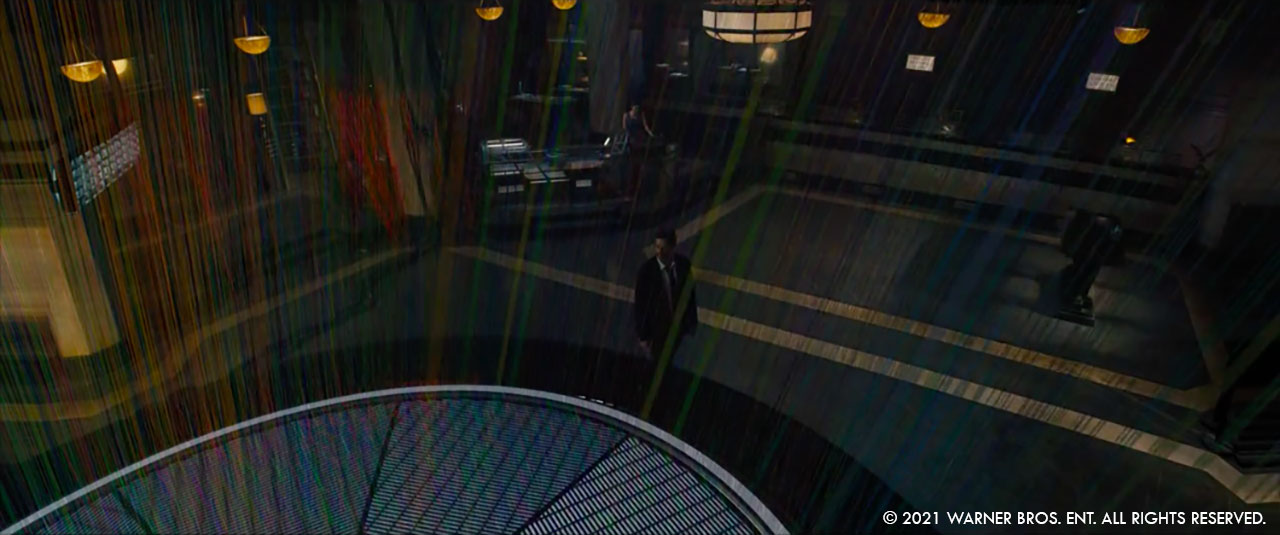
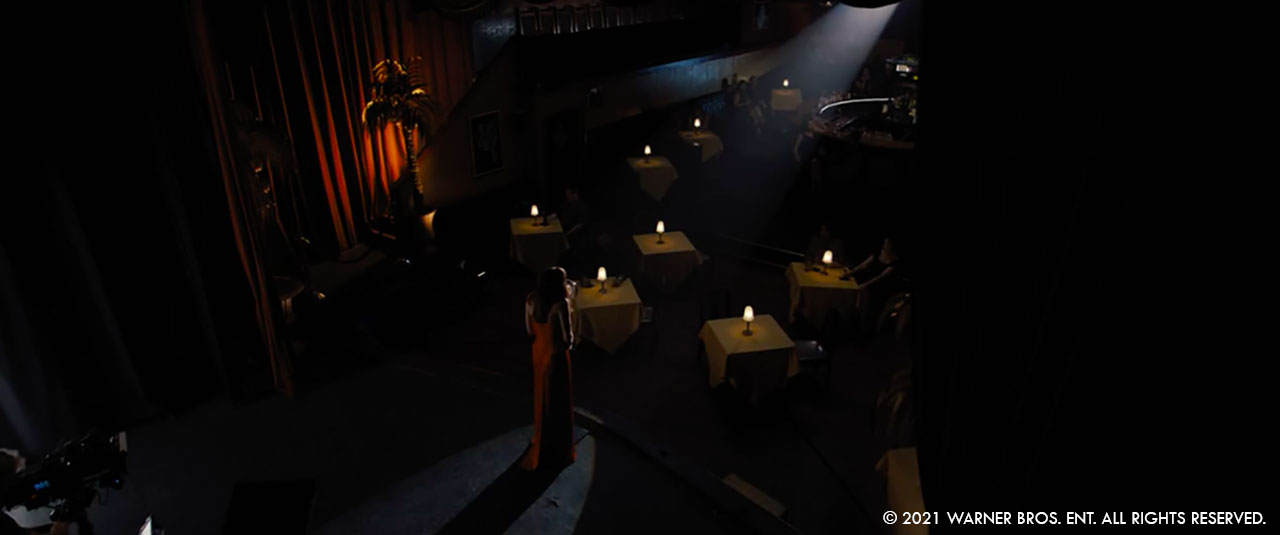
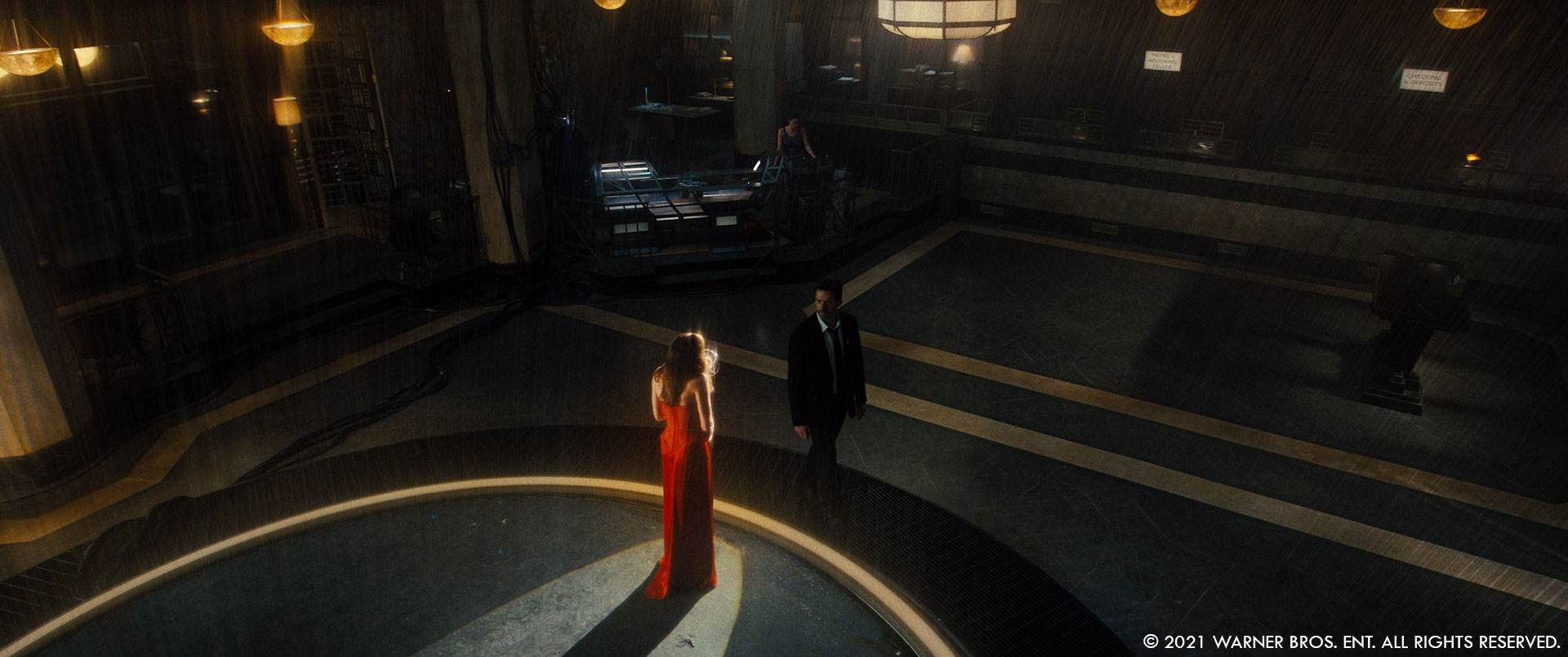
How long have you worked on this show?
I started on the show in January 2020.
What’s the VFX shots count?
164 shots.
What was the size of your team?
Scanline’s team for the show was roughly 50 people.
What is your next project?
TBD! Looking forward to the next challenge.
A big thanks for your time.
WANT TO KNOW MORE?
Bruce Jones: My interview of Overall VFX Supervisor Bruce Jones about Reminiscence.
HBO Max: You can watch Reminiscence on HBO Max.
© Vincent Frei – The Art of VFX – 2021




